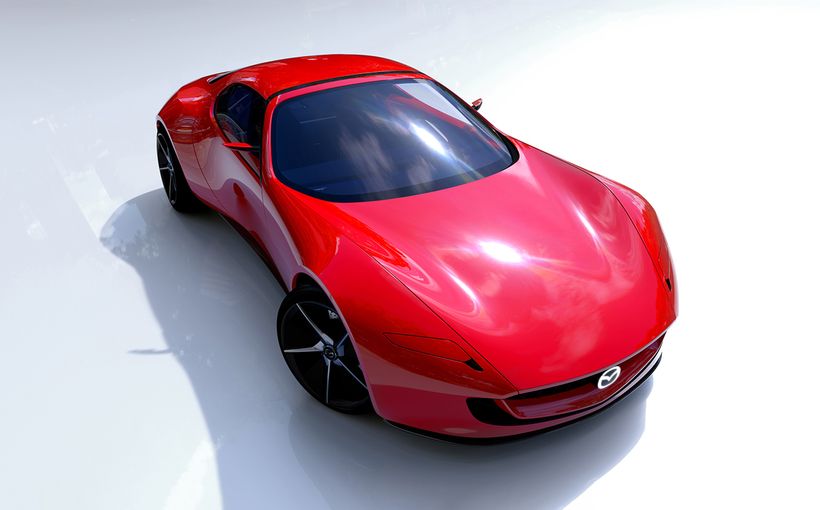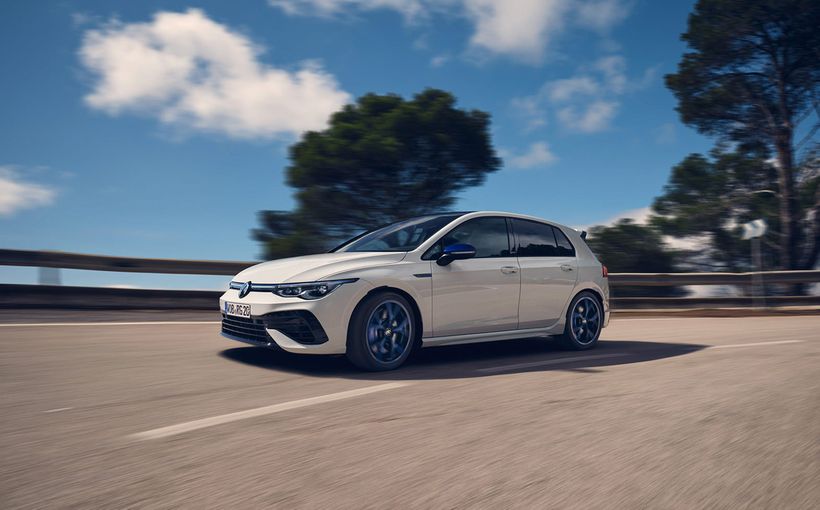ANTICIPATION can be a strong feeling; waiting for the final few minutes to wind down on an important football match, constantly glancing at the clock to see how much time is left before the 5pm knock-off.
But nothing is worse than the long-drawn-out marketing teaser campaigns employed by many manufacturers in the lead up to a new model reveal, and none have been as eagerly-anticipated – or prolonged – as Lamborghini’s new SUV.
Having surfaced in concept form back in 2012, the Italian supercar-builder has finally gone official with the world-conquering Urus – and it looks just as over-the-top and in-your-face as you’d imagine a Lamborghini crossover to look.

Powered by a gargantuan 4.0-litre V8 boosted by not one, but two turbos, the Urus has more than enough grunt to match its boy-racer styling too.
Producing peak 478kW of power at 6000rpm and maximum 850Nm of torque from 2250 to 4500rpm, the Urus easily out-muscles thoroughbred supercars including the V10-powered Audi R8, the Ferrari California T, sleek McLaren 570 GT and perennial Porsche 911 Turbo S.
With power directed to the ground via a rear-biased all-wheel-drive system and an eight-speed electro-hydraulically controlled automatic transmission, the Urus will obliterate the zero to 100km/h sprint in just 3.6 seconds.

Zero to 200km/h is knocked down after 12.8s and the Urus will top out at a 305km/h, which would be quite a sight paired with the bright, banana yellow paintwork.
To put that into context, Lamborghini’s 2200kg SUV can move faster than the likes of Audi TT RS, BMW M4 CS, Aston Martin V12 Vantage S, Jaguar F-Type SVR and Mercedes-AMG GT S.
Good news for the environmentally conscious too, as Lamborghini has added cylinder deactivation technology in the Urus which helps fuel economy come in at 12.7 litres per 100km and CO2 emissions at 290 grams per kilometre.

Bringing the gargantuan SUV to a stop are massive carbon ceramic brakes spanning 440x40mm up front and 370x30mm grabbers in the rear that are designed by Lamborghini to work on-road and off.
A rear-wheel steering system lifted from its Aventador S stablemate helps manoeuvrability at low speeds and keep the Urus in-line when the speedo climbs, while the torque split can be as much as 70 per cent up front and 87 per cent in the rear to make the most of the available traction.
Drivers will have the option to put the Urus in a number of driving modes including Strada, Sport and Corsa to turn up suspension, engine and stability settings, while it also gains a Terra, Neve and Sabbiba setting for off-road, snow and sand environments respectively. An Ego mode is also on offer for drivers to tweak individual settings to taste.

The brand’s third-gen infotainment system is tucked between the driver and front passenger, equipped with two touchscreens that can handle climate control settings on the bottom and media functions on top.
Standard equipment in the Urus includes a wireless phone charger, Bluetooth connectivity, voice commands, front and rear parking sensors, autonomous emergency braking, electronic tailgate and eight-speaker stereo system.
Not Lamborghini’s first take at creating an SUV, the Urus’ design cues clearly take inspiration from the LM002 of 1986.

With chunky styling dominated by an imposing front fascia and bulging wheelarches, the LM002 debuted at the 1986 Brussels motor show.
Borrowing the same 5.2-litre V12 from the sleek Countach supercar, the LM002 was packed full of luxury features including full leather interior and air-conditioning, as well as a number of off-road-orientated traits such as a 290 litre fuel tank and off-road-ready Pirelli tyres.
By the end of production in 1993, only 328 examples of the LM002 were produced with the Lamborghini SUV featuring in the 1992 film Toys starring Robin Williams as well as in the 2009 Fast and Furious with Vin Diesel.

However, prior to the LM002, there was the LM001, which only made it to the prototype stage and was first shown at the 1981 Geneva motor show.
Based on the failed Cheetah project, the LM001 was powered by an AMC-sourced 5.9-litre V8, but faced trouble getting off the ground due to its terrible handling under acceleration.
Lamborghini has since learned a thing or two about building a fully-fledged crossover though, and with a $390,000 before on-roads asking price, the Urus SUV is expected to fully deliver on the ‘Sports’ as well as the ‘Utility Vehicle’.
Protect your Lamborghini. Call Shannons Insurance on 13 46 46 to get a quote today.










